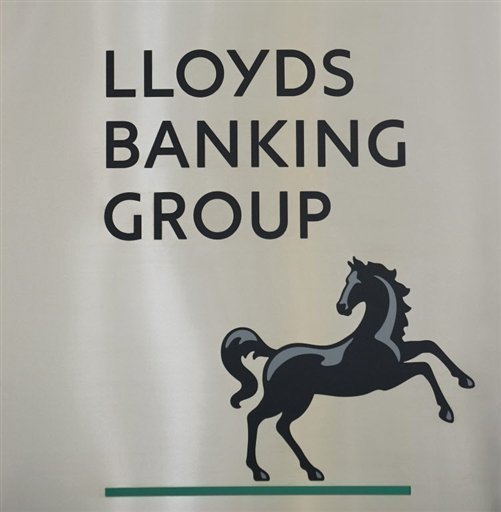

Lloyds Banking Group, which owns Halifax, reveals a 46% surge in profits – owing in large part to higher interest charges for borrowers.

Lloyds Group, UK’s largest mortgage lender, reports a pre-tax profit of £2.3bn for the first three months of the year, up from £1.5bn a year earlier and better than the £2bn pencilled in by analysts.
The bank shows a 20% rise in net interest income, which accounts for the differential between what is charged for loans and mortgages and what is paid out for savers, to £3.5bn.
Lloyds also reports loans and advances to customers at £452.3bn, down £2.6bm in the first three months of 2023, including the £2.5bn legacy mortgage portfolio exit. Also, an additional reduction of £0.6bn in the open mortgage book and repayments of government-backed lending in commercial banking, which was partly offset by growth in other retail lending.
A J Bell financial director Russ Mould appreciates that Lloyds has enjoyed a sharp rise in interest rates over the past year as this has put a rocket under its profits.
“It has earned more thanks to the wider gap between the interest it pays on deposits and the amount it charges customers to borrow money.
“That’s fine for now, but it is hard not to ignore the £2.2bn reduction in customer deposits during the first quarter of 2023. Part of this was down to a more competitive market for deposits – higher rates mean consumers are shopping around more to get a better deal on their money, and that means banks are having to work harder to lure them in.
“Unlike the regional US banks, some of which are facing a deposit crisis, Lloyds’ decline in deposits is not a reason to panic, particularly as the company remains well-capitalised.
Mould adds: “Providing some relief to the bank will be the Office for Budget Responsibility’s prediction that the UK should avoid a recession this year. Lloyds has subsequently revised its assumptions for key economic indicators versus what it had predicted at its full-year results in February.
For 2023, it now expects UK GDP to slip 0.6% versus previous expectations of a 1.2% decline; house prices are now expected to fall by 5.3% compared with its earlier forecast of a 6.9% decline.
“While the backdrop is not as gloomy as a few months ago, the lack of positive economic activity still means the bank must keep a close eye on bad debts,” Mould concludes.